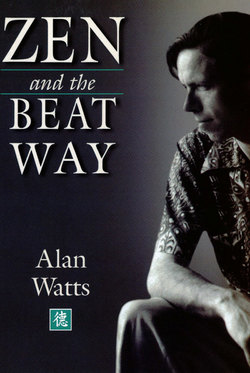Zen & the Beat Way

Реклама. ООО «ЛитРес», ИНН: 7719571260.
Оглавление
Alan Watts. Zen & the Beat Way
Отрывок из книги
Zen and the Beat Way
Introduction, xi
.....
Alan had accepted a teaching position offered by Fredric Spiegelberg at the Academy of Asian Studies in San Francisco. There he met poet Gary Snyder and Japanese artist Saburo Hasegawa. Both of them, in their own way, broadened his aesthetic appreciation of Zen and introduced him to various northern California artists and writers who were living what was known as the Beat way of life. When the academy moved to the Pacific Heights area of San Francisco, Spiegelberg asked Watts to give up his teaching position to serve as dean. The school was poorly organized, and the job proved to be quite stressful. On more than one occasion, Saburo invited Alan to stop by and enjoy a relaxing cup of tea in his office. The tea was Japanese green tea, offered in the style of the tea ceremony while participants were seated on the carpet. The tea ceremony eventually became quite popular in certain areas of San Francisco, due in part to the ongoing classes offered by Saburo's wife, Kiyoko.
Traditional brushstroke calligraphy also gained a following in the Bay Area, due to the influence of both Saburo and Hodo Tobase. The well-known surrealistic painter Gordon Onslo-Ford became an avid student of Hasegawa's and later Tobase's, and both he and Alan fell in love with the paper, inks, and brushes used in calligraphy. Years later Gordon spoke of his first meeting with Saburo Hasegawa in an interview with Michael Wenger of the San Francisco Zen Center:
.....